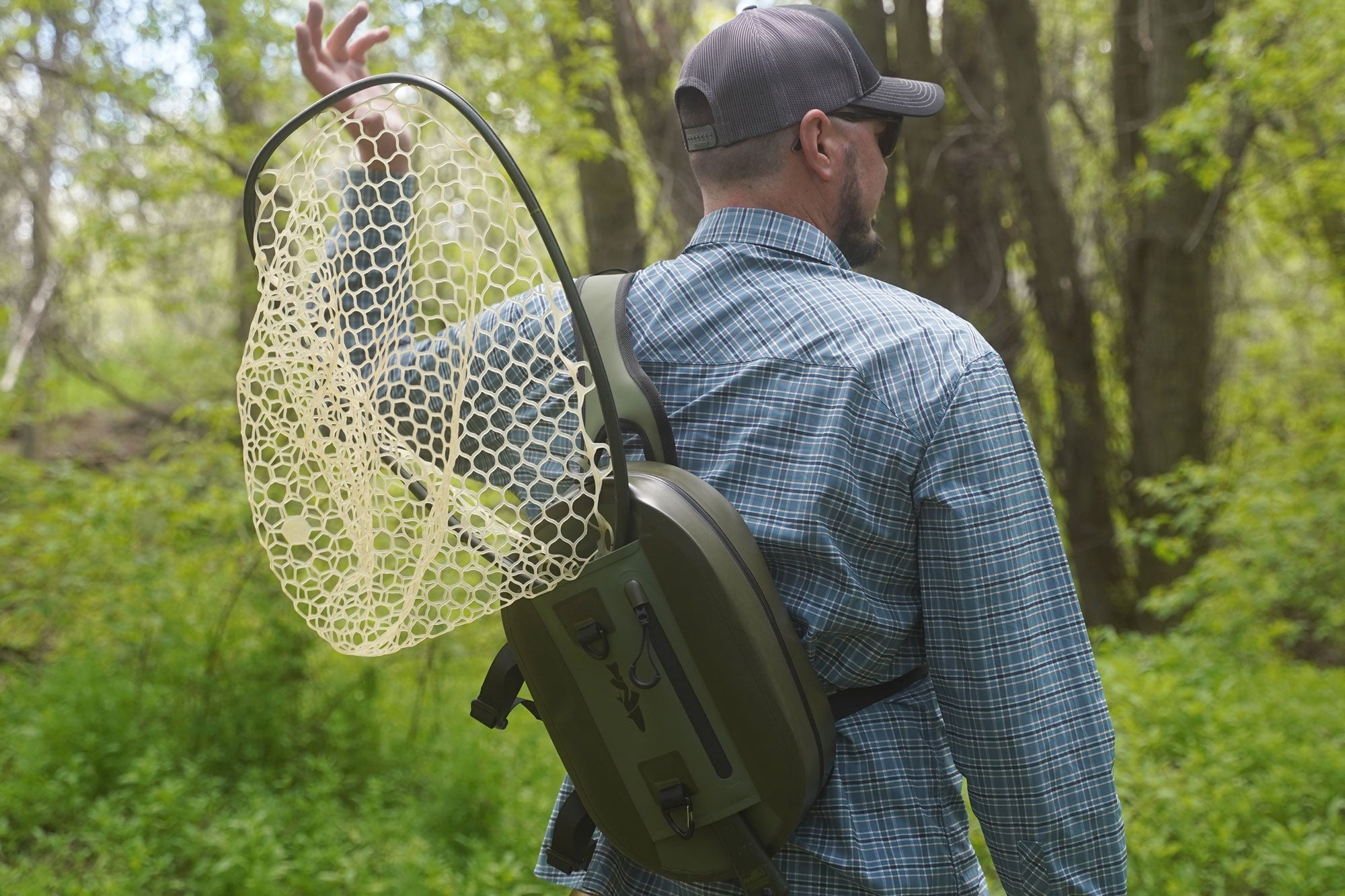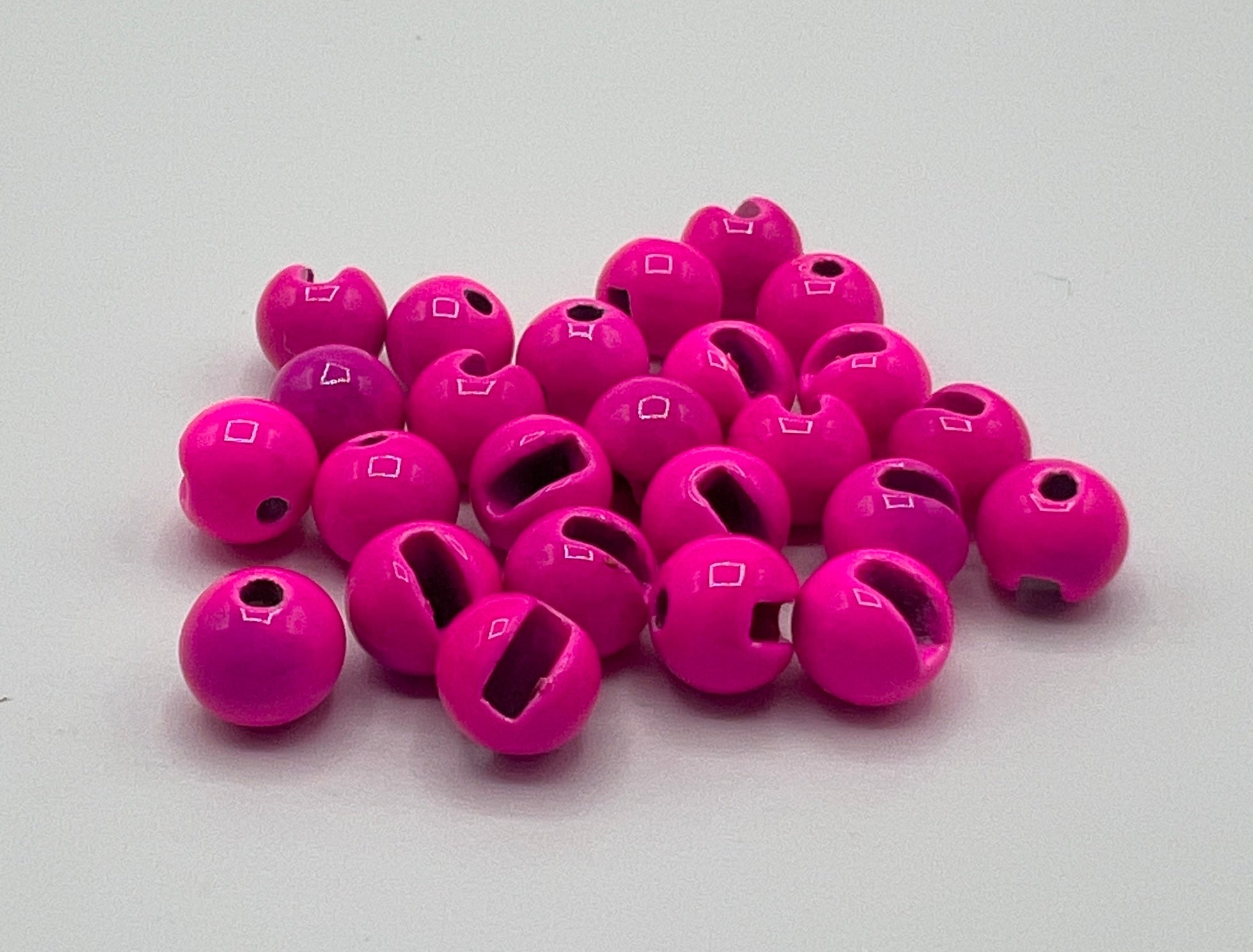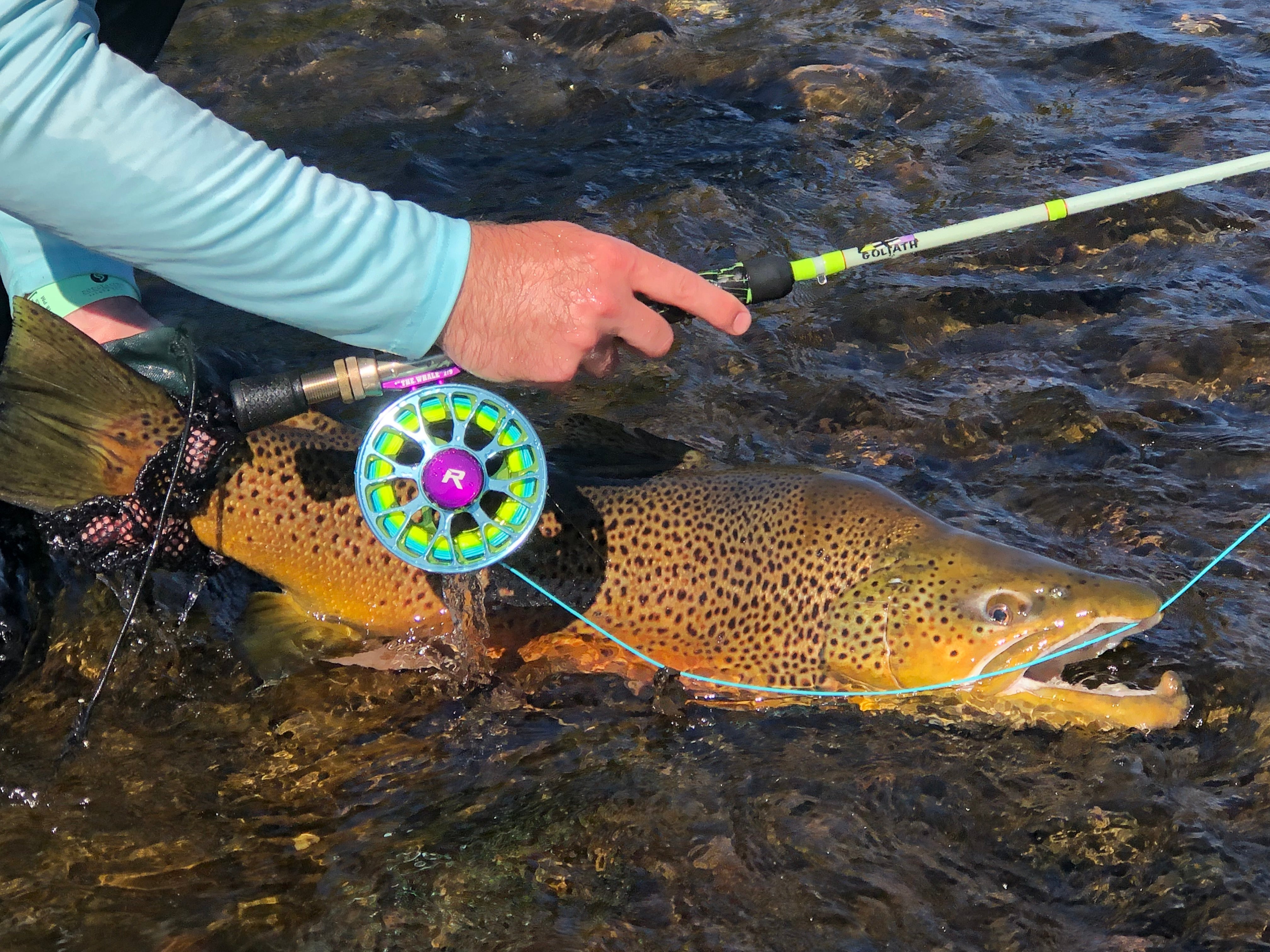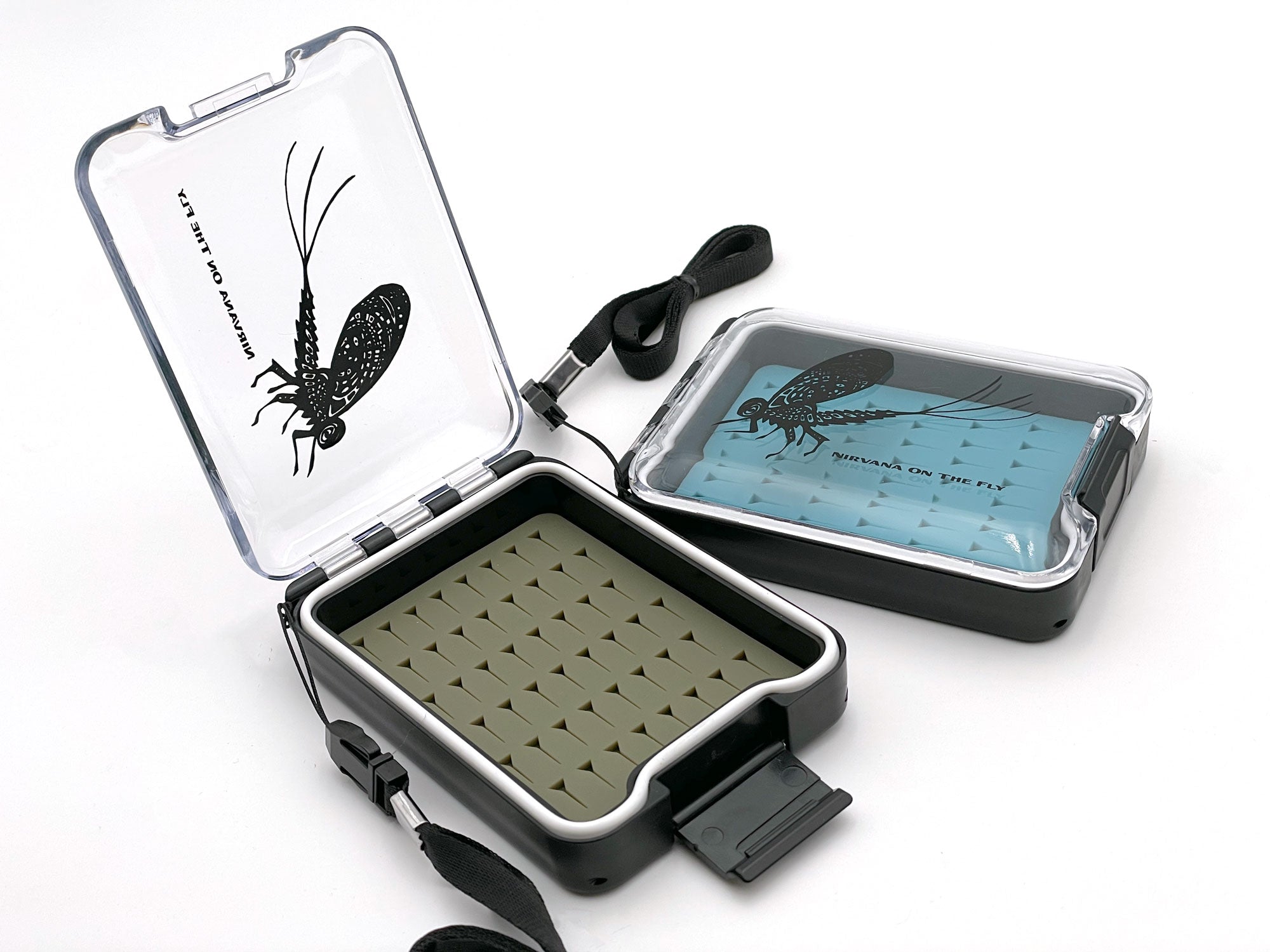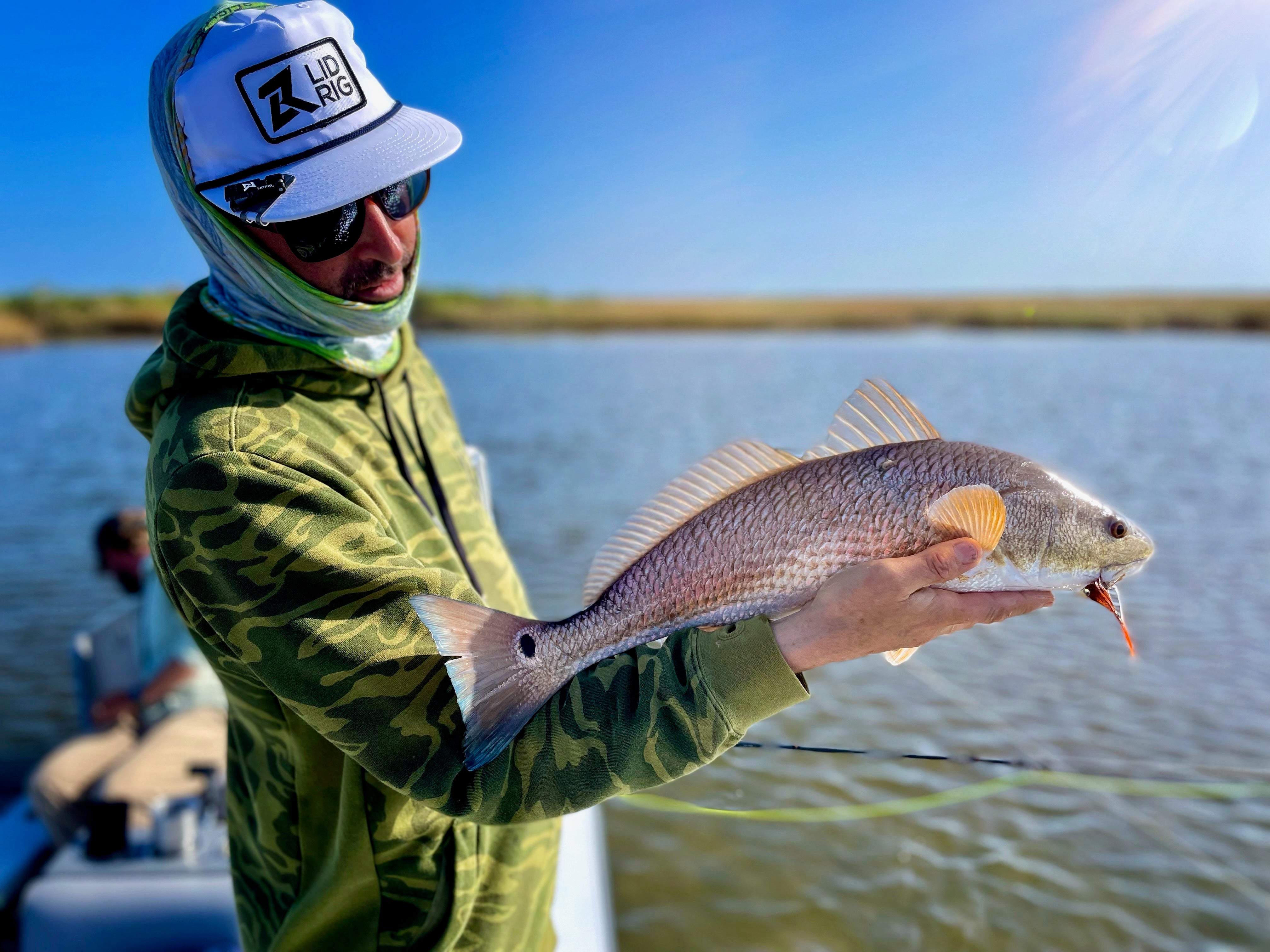The acquisition of fly fishing reels from the secondary market presents an opportunity for anglers to enhance their gear without incurring the high costs associated with new equipment. Given the critical role of fly reels in the overall fishing setup, selecting a quality reel should be considered as an important purchase. Let’s outline a systematic approach for identifying, evaluating, and purchasing used fly fishing reels, drawing upon research and known entities.
1. Market Research for Used Fly Fishing Reels
Initial steps involve a thorough investigation:
- - Manufacturer Selection: Prioritize well-known manufacturers such as Orvis, Hatch, Nautilus, Hardy, or Ross to ensure quality and reliability.
- - Technical Specifications: Define the required specifications, including line weight and arbor size, based on your fishing needs.
Guideline: Comprehensive research is crucial. Assessing the market value and demand for the reel facilitates informed negotiations.
2. Condition Assessment of Used Fly Fishing Reels
Evaluate the potential acquisitions meticulously:
- - Exterior Evaluation: Scrutinize the reel for any cosmetic damage, recognizing that while minor scuffs are tolerable, significant damage may compromise the reel's functionality.
- Handle - is it cracked, worn, or broken?
- Arbor - is it pitted from saltwater, is it bent or banged up from being interchanged, is there a spare?
- Cage - Is the cage beyond minor scratches? Bangs, bends, etc are typically a sign of abuse.
- Reel Seat - Is the reel seat bent or dinged?
- Internals - Do the internal parts look warn? Are they clean or over-oiled? Keep in mind that most reels do not require oiling so signs that oil has been added can often lead to an indication that the reel has been more subject to dirt and debris.
- - Operational Integrity: Examine the drag system, spool, and handle functionality, ensuring smooth operation to avoid future complications. This is all about functionality and feel. Do they work and feel good or do they feel sticky and or grabby?
Guideline: Detailed inspection is essential. The reel's physical and mechanical condition provides insights into its maintenance history and overall value.
Seller Credibility
The trustworthiness of the seller is paramount:
- - Online Feedback: Utilize platforms like eBay to review seller ratings. High feedback scores generally indicate reliable sellers.
- - Community Endorsements: When purchasing through forums, seek out sellers with positive community feedback.
- - Communication: Engage with the seller to gauge their responsiveness and willingness to provide detailed product information.
- - Research: Look at social photographs and or seller profiles. A dirty and dingy profile or history would indicate the potential seller's caretaking. What would you imagine the care of the rod to be?
Guideline: Opt for sellers with transparent communication and a positive track record.
4. Personal Evaluation
Where possible, personally test the reel:
- - Conduct a hands-on assessment to evaluate the drag, retrieve, and overall balance of the reel.
- If there isn’t a line or backing on the reel then bringing an old section of line can be helpful. Simply girth hitch the line onto the arbor and reel in with tension. Test the drag by pulling the line once you have 10-20 tight raps on the arbor.
Guideline: Remember that the reel is a piece of functional gear. The working characteristics are key. Look, design and cosmetics should be considered once the reel is assessed as being highly functional.
5. Considering Trade-In Options for Used Fly Fishing Reels
Explore trade-in opportunities offered by specialized retailers:
- - Fly Shop Programs: Some retailers offer credit for old gear towards new purchases, facilitating an economical upgrade path. Don’t overlook this path.
Guideline: Trade-in programs can provide an efficient method to refresh gear with minimal expense. I recommend reviewing your existing reel and going through all the functional aspects of an inspection and cleaning process. Take the reel to the retailer when it is in its best form for the optimum trade-in value.
Conclusion
The market for used fly fishing reels offers anglers a viable path to upgrading their equipment affordably. Through diligent preparation, critical evaluation, and strategic negotiation, it is possible to secure high-quality reels at a fraction of the cost of new models. This approach not only conserves financial resources but also supports the sustainable use of fishing gear within the community.
To learn a few negotiation tactics for buying, read this article.
***Do you want to get deals on equipment, fly fishing trips, and lots of information? Become a member of the Loyalty Club on the Fly Fishing Insider Podcast.

By Christian Bacasa
Host of the Fly Fishing Insider Podcast
Fly Fishing Insider Podcast Official Website
Instagram Fly Fishing Insider Podcast
Instagram Dupeafish
Facebook
Pinterest
Twitter
LinkedIn
Tumblr
Watch on YouTube


